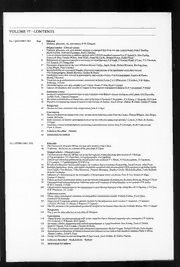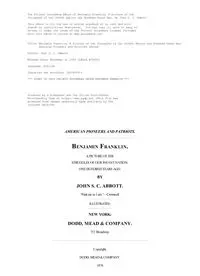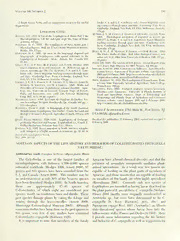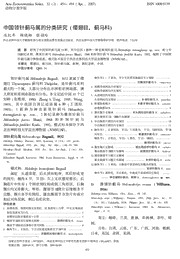
The Next Species: The Future of Evolution in the Aftermath of Man PDF
Preview The Next Species: The Future of Evolution in the Aftermath of Man
Thank you for downloading this Simon & Schuster eBook. Join our mailing list and get updates on new releases, deals, bonus content and other great books from Simon & Schuster. CLICK HERE TO SIGN UP or visit us online to sign up at eBookNews.SimonandSchuster.com Contents THE GEOLOGIC TIME SCALE PROLOGUE: WE HAVE NO IDEA WHAT WE’RE IN FOR Part I VISIT TO THE PAST 1 A MASS EXTINCTION: THE CRIME SCENE 2 ORIGINAL SYNERGY 3 THE GROUND BELOW THE THEORIES 4 EVOLVING OUR WAY TOWARD ANOTHER SPECIES Part II WARNING: DANGER AHEAD 5 WARNING SIGN I: THE SOIL 6 WARNING SIGN II: OUR BODIES 7 WARNING SIGN III: SQUID AND SPERM WHALES Part III NO-MAN’S-LAND 8 THE END 9 THE LONG RENEWAL 10 TROUBLED SEAS: THE FUTURE OF THE OCEANS 11 PREDATORS WILL SCRAMBLE Part IV NOW WHAT? 12 THE DECLINE AND RETURN OF MEGAFAUNA 13 INVADERS TO MARS? 14 IS HUMAN EVOLUTION DEAD? 15 BEYOND HOMO SAPIENS ACKNOWLEDGMENTS ABOUT MICHAEL TENNESEN NOTES SELECTED SOURCES INDEX To Annabelle, my mother, who loved the oceans, the mountains, the deserts, the birds, the animals, and the people. Every part of this soil is sacred in the estimation of my people. Every hillside, every valley, every plain and grove, has been hallowed by some sad or happy event in days long vanished. —Chief Seattle, 1854 We live in a zoologically impoverished world, from which all the hugest and fiercest and strangest forms have recently disappeared. —Alfred Russel Wallace, 1876 Prologue WE HAVE NO IDEA WHAT WE’RE IN FOR I T WAS MID-MORNING, June, during the tropical dry season, as the Peruvian army Mi-17 helicopter lifted us off from a military base near the town of Ayacucho, Peru, on the western side of the Andes Mountains and slowly ascended toward the crest of the magnificent range. The expansive dry terrain below was spotted with cactus, shrubs, and wide stretches of open space, interrupted only by small villages covered in a fine layer of the local dust. These slopes constitute the eastern boundary of the Atacama Desert, one of the driest spots on earth. It gave no hint of the verdant rain forest that awaited us just beyond the summit of the Andes. But as the helicopter crested the mountains, the eyes of the passengers—a military crew and an international team of scientists—opened wide at the sudden appearance of the headwaters of the Amazon River and the thick blanket of deep green vegetation that cloaked the mountains on this much wetter terrain. Inside the helicopter, the group of celebrated biologists, part of the Rapid Assessment Program, had been sent here by the Washington, DC–based environmental group Conservation International to do a quick and dirty survey of the wildlife in the tropical forest region of the Vilcabamba, one of several mountain ranges within the eastern Andes under threat by oil and mining interests. Conservation International wanted to know if the area was rich enough in the number of plant and animal species to warrant the use of the group’s limited funds to save it. The more species there were, the more likely that some would survive the current environmental crisis. I sat with the scientists on uncomfortable metal benches bolted to the wall, gear piled high around us. Most were dressed in khakis with an assortment of high-top boots, a few beards, and several parkas. They all tried to peer out the cloudy glass portals and the open door of the cabin, excited by their first look at the tropical forest they’d come to study. A Peruvian soldier, wearing no seat belt,
Description:The list of books you might like

The Mountain Is You

The 48 Laws of Power

The 5 Second Rule: Transform your Life, Work, and Confidence with Everyday Courage

Believe Me
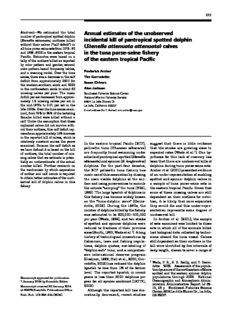
01 Archer FISH BULL 102(2).
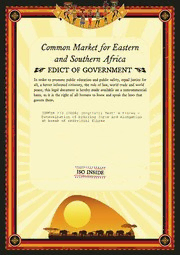
COMESA 273: Textile fibres - Determination of breaking force and elongation at break of individual fibres

COMESA 265-1: Textiles — Burning behaviour of bedding items —Part 1:General test methods for the ignitability by a smouldering cigarette

Remèdes de nos grand-mères en 150 recettes maison

West Knits Book Three

Banquete de los eruditos Libros XI-XIII
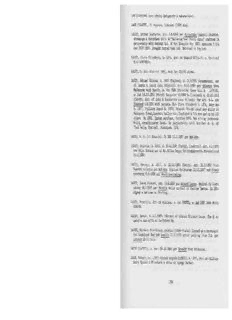
C. Augusta, labourer (1889 Alm).

Gynäkologie und Geburtshilfe in Frage und Antwort: Fragen und Fallgeschichten - mit Zugang zum Elsevier-Portal
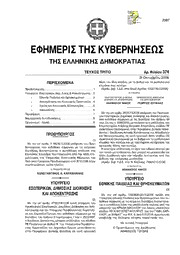
Greek Government Gazette: Part 3, 2006 no. 374
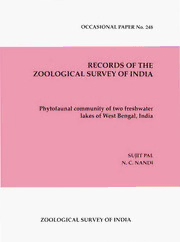
Phytofaunal community of two freshwater lakes of West Bengal, India
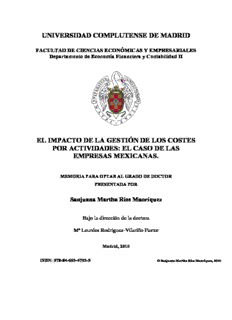
Capítulo I. Introducción
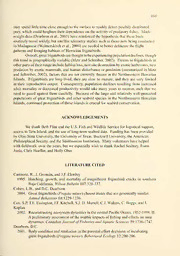
Demography and reproductive ecology of great frigatebirds
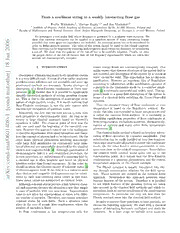
From a nonlinear string to a weakly interacting Bose gas
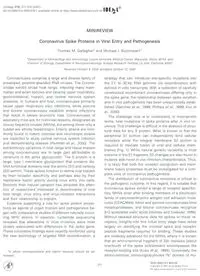
2001 Coronavirus Spike Proteins in Viral Entry and Pathogenesis
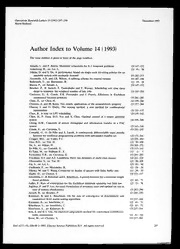
Operations Research Letters 1993: Vol 14 Index
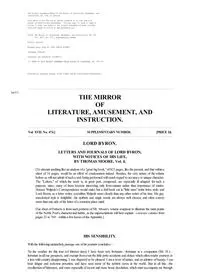
The Mirror of Literature Volume XVII No 474
